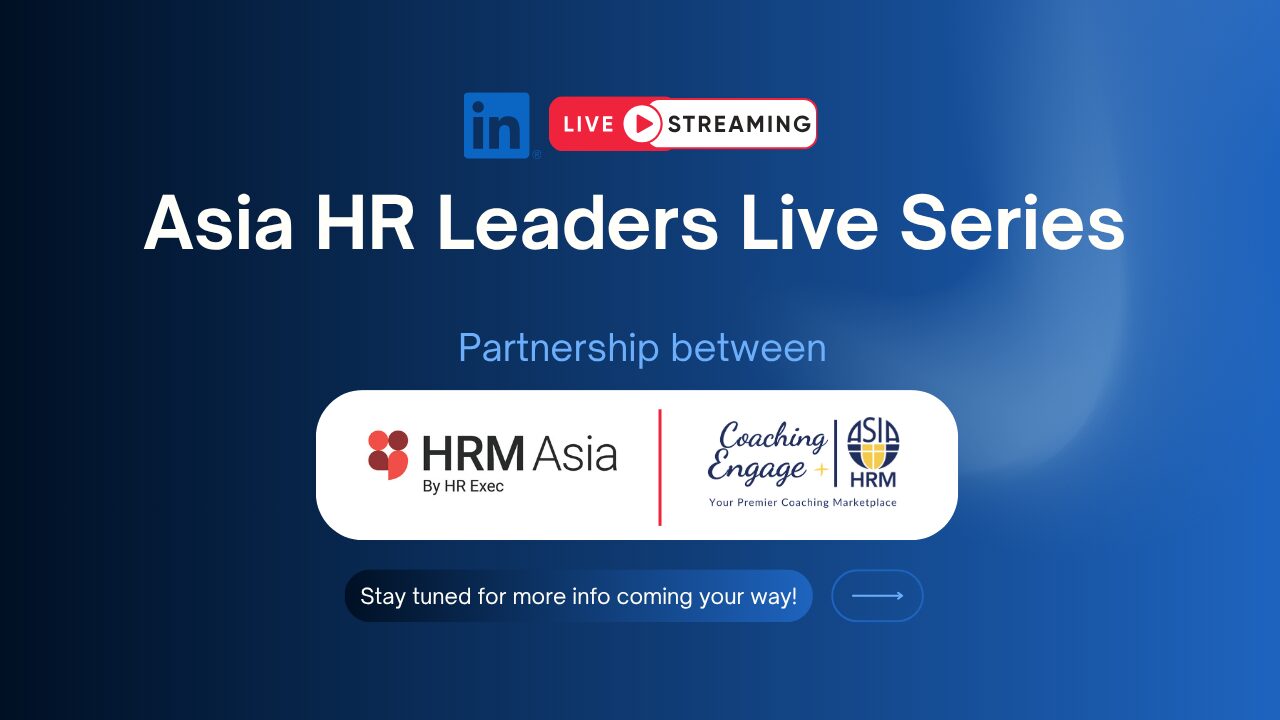The rise of experiential learning as a strategic business driver
- HRM Asia Newsroom

Organisations aiming to gain a competitive edge need a future-ready talent pool capable of executing their strategic goals. A robust learning and development (L&D) function supports this aim and serves as a key differentiator between a good and an excellent employer. As investment in technology increases, the recognition of L&D as a practice, philosophy, and function has grown equally. In this context, the role of experiential learning and its alignment with deep learning are generating interest within the L&D domain to achieve organisational strategic objectives.
L&D as a strategic driver
Aligning business and learning strategies enhances organisational efficiency and increases the likelihood of gaining a competitive advantage. Designing learning interventions that incorporate principles of experiential and deep learning not only helps accelerate and scale learning but also adds value by transforming talent development and retention approaches.
Learning environment and motivational basis of learning
Effective learning interventions depend on a supportive work environment to facilitate learning and achieve their outcomes at work. From a motivational perspective based on learning theories, it explains how individuals adopt and adapt to their learning environments, including the development of trust with technology.
Most organisational learning initiatives utilise learning theories to generate ideas, refine, and expand their learning offerings. For instance, cognitive theories concentrate on mental processes that help explain learning experiences.
Behaviourism, on the other hand, emphasises learners’ interactions with their environment in developing behaviour and has been implemented by the IBM TechXchange programme. It acknowledges members who assist others in enhancing their skills and knowledge. The organisation extensively incorporates gamification, a web-based application designed to assess the impact of points, badges, and leaderboards on employee performance.
While all learning theories have their own unique strengths, experiential learning is a preferred method for gaining knowledge in real-time from the actual work environment. Its particular emphasis on learners’ understanding why a learning intervention is being provided and its subsequent application in a real work setting helps convert employee engagement into action, as daily work experiences are transformed into broader learning opportunities.
Within the realm of personalised learning, immersive technology is becoming increasingly popular for boosting employee engagement. L&D specialists, while utilising e-learning systems, are collaborating with academics to adopt new AI techniques like deep learning to create offerings based on predictive analytics. The data is processed to mirror the human mind closely, and interventions are genuinely reflective of real work scenarios, aligned with strategic business needs.
One example is curating learning content that addresses skills gaps, utilising both employee and industry feedback. Coupled with learner-centred educational methods, unique to experiential learning—such as coaching or simulation-based learning—organisations can make learning interventions more focused on outcomes.
It is worth noting that the global deep learning market size is projected to grow from US$34.28 billion in 2025 to US$279.6 billion by 2032, according to Fortune Business Insights reports. That said, adopting new technology must be balanced against return on investment (ROI). This is because investment in technology to support AI tools and methods can be cost-prohibitive, depending on the technological maturity levels of organisations. Some organisations are using cloud infrastructure to scale their learning interventions before fully embracing AI methods. Such an approach ensures that testing AI learning applications for their long-term ROI is considered before their deployment, especially for publicly funded organisations.
In addition, while the benefits of using AI methods to customise information for individual learning are realised, an excessive focus on individual learning preferences may generate misconceptions or bias. This is due to its inability to generate alert signals when the individual is using information that only reinforces what they believe, resulting in a self-fulfilling prophecy. The absence of critical thinking that might otherwise alert them to alternative viewpoints could lead to poor decision-making.
Move from job-based development to skills-based development
Strategic changes to the ways of working, competition for talent and agile working have meant an increasing focus on developing skills-based learning interventions. Using experiential learning and active experimentation allows information to be processed holistically, facilitating skills upgradation.
There is no doubt that an individual’s motivation, mindset, and sense of responsibility also influence how learning is acquired in each context. For example, action learning sets, a popular experiential learning tool, are widely used during transformational change. Using action sets, leaders are supported in improving their executive presence as they navigate the complexities of the change process. Most learning academies utilise advanced technologies to train students and incorporate deep learning to accelerate growth, while also continually enhancing their overall learning offerings.
READ MORE: Why the future of work depends on the future of learning
An effective educational strategy for medical students and research scholars inevitably includes experiential learning such as simulation exercises, while also reinforcing interprofessional collaboration and fostering deep relational experiences as part of their professional development.
Some examples of practical takeaways
Policy framework – Feedback from contextual and lived experiences, to inform the policy framework, reduces the gap between observation and practical application. For example, conflict resolution, collaboration, and negotiation are areas where using experiential learning with deep learning can enhance teamwork and broader stakeholder engagement.
Navigating change – Deep learning is transforming how organisational experiences, both individual and collective, are utilised for change management. It enhances change possibilities by providing real-time feedback based on employees’ emotional states. This awareness helps shape a change narrative that not only addresses emerging concerns but also fosters forward momentum by harnessing positive emotions.
Governance – As training content is developed based on experiences, employees can share their concerns (e.g., prevent fraud or poor patient care). Such feedback, in turn, helps shape and improve mandatory training modules as part of ongoing development. A strong digital and data governance framework uses this intelligence to reduce risks and give employees a reasonable expectation of privacy at work.
Future focus: The influence and application of experiential learning
Linking experiential learning with deep learning ensures faster data analysis than what is possible with the human mind, offering non-linear insights beyond those achieved through conventional learning interventions. The varied and rich data can be used simultaneously for thought leadership and future research by assessing development changes attributed to employees’ active engagement with their work context. By providing insights into the complex relationships between organisational learning variables, this approach ensures the sustainability of learning experiences.
Organisational learning is largely experiential, as everyday interactions lead to greater self-awareness and taking ownership of learning within the context of organisational strategic intent. It is no surprise that employees increasingly want to learn from the complexities of real-world scenarios to absorb and mirror the learning outcomes in actual work situations. Using experiential learning combined with deep learning gives them confidence and a sense of urgency to seek development and make meaningful, impactful contributions. Alongside this, it reinforces the delivery of agile and participatory end-to-end learning programmes that help build capabilities most relevant to the organisation’s strategic context.
About the Author:







